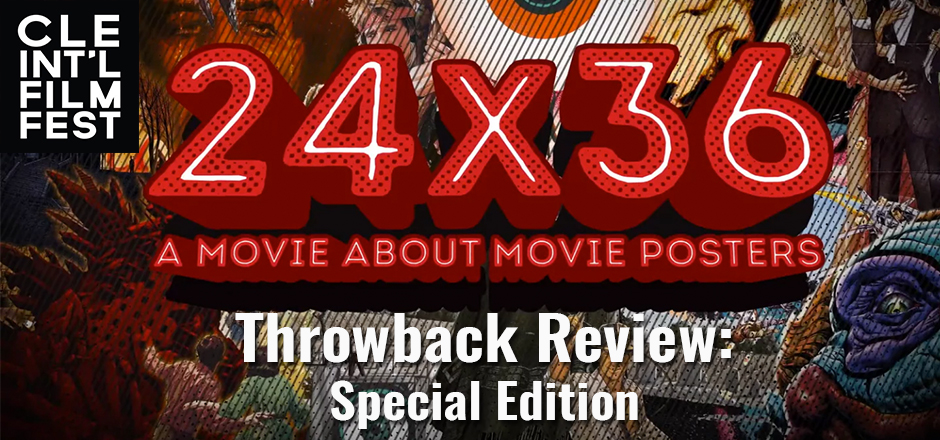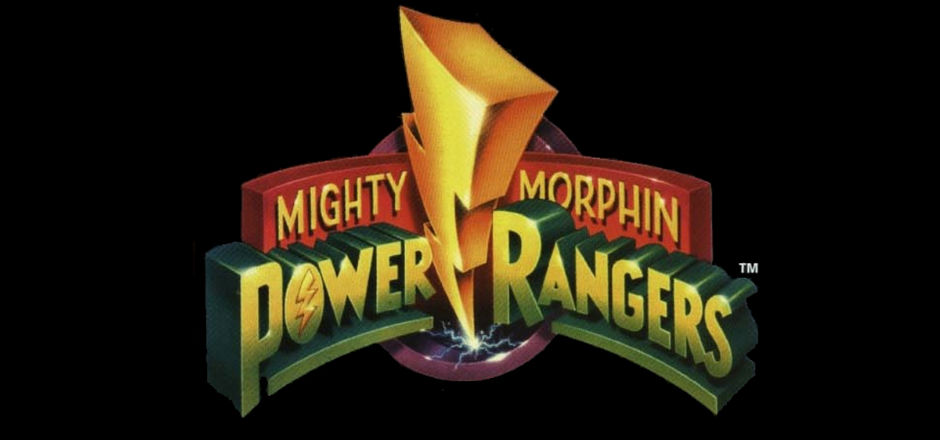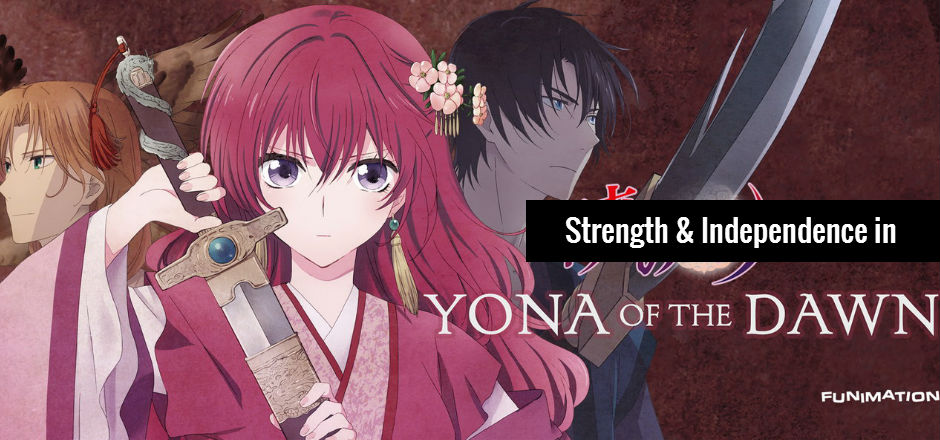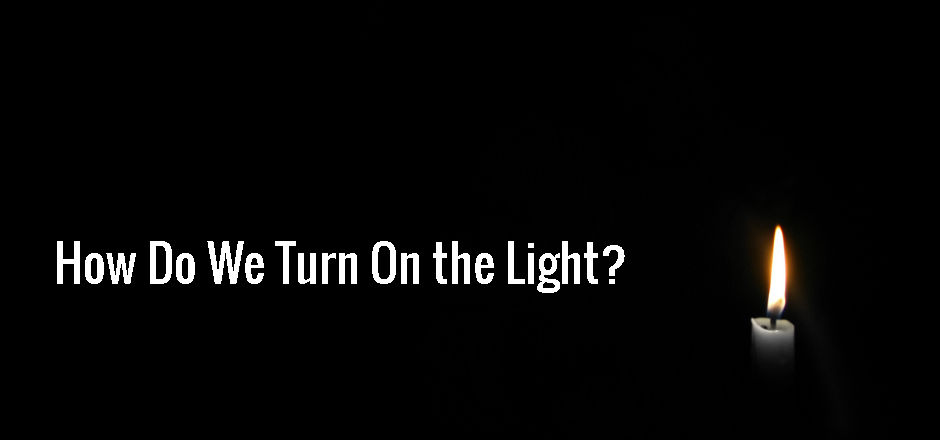Instead of reviewing a pre-2000s movie this month for the Throwback Review, we’re reviewing a movie about a key tradition in classic film: the illustrated poster.
When I mention the 1933 version of King Kong what image pops up in your mind? What about when I mention Alfred Hitchhock’s Vertigo? What about Steven 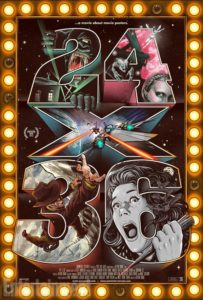 Spielberg’s Jaws? Kevin Burke’s 24×36: A Movie About Movie Posters is a loving examination of an all but dead industry within a booming one.
Spielberg’s Jaws? Kevin Burke’s 24×36: A Movie About Movie Posters is a loving examination of an all but dead industry within a booming one.
The film begins with the history of screen printing and posters. We travel through the decades, exploring the most famous examples of illustrated posters. We learn about the histories of these films and the unsung artists behind some of the most iconic imagery in American popular culture. It’s all fine and dandy until we hit the 90s, when photos of floating heads were plastered on our VHS covers. Only now are we seeing a resurgence in the lost art of poster illustration, born from the current nostalgia trend in American culture.
I can’t help but feel like this movie was made specifically for me, so I’m not sure of its wider appeal. But maybe I’m not alone in my adoration of the history of Hollywood. It’s so easy to make a movie about people talking to a camera boring but 24×36: A Movie About Movie Posters avoids this. The people talking to the camera, collectors and artists alike, were passionate as all hell. And there is nothing more captivating than listening to someone’s passion.
Watching this movie felt like flipping through a family scrapbook, reminiscing through all the moments that made you you. I can’t tell you how many times I squeezed my partner’s hand because one of our all time favorite movie’s poster was featured on the screen. While the movie did seem to last a bit longer than was comfortable, I can’t imagine how much footage was left on the editing room floor. Plus, if I’m going to stick around for anything, it would be this.
Something that isn’t shocking, but still stings all the same, was the lack of women and people of color in movie poster illustration history. Considering the huge lack of diversity in both old and modern Hollywood, it was to be expected. While there were definitely more women in the later half the film, which focuses on where poster illustration is today, there was still a jarring lack of people of color.
I was lucky enough to attend a screening which featured a Q&A with the director after the film. One thing the Kevin Burke discussed was the role of posters in the modern viewing experience. Critics of illustrated posters would say that, given how most audiences view posters today (on a small screen as you scroll through many), you need to get to the point. Burke’s argument is that an illustrated poster would stand out and catch the eye.
Another point that was made both within the film and in the Q&A, is that it was nobody’s intention to trash on graphic design, but to trash on the lazy way it was being used. It’s as much of a tool as a paint brush. There certainly are some beautifully designed posters made by a computer, but Burke asks the question “Why can’t there be both?”
Kevin Burke’s enthusiasm for the medium was as engaging in real life as it was through his movie. 24×36: A Movie About Movie Posters helped me learn more about an industry I’ve devoted my life to studying. If film history is something you’re interested in, I highly recommend this film.
[coffee]
